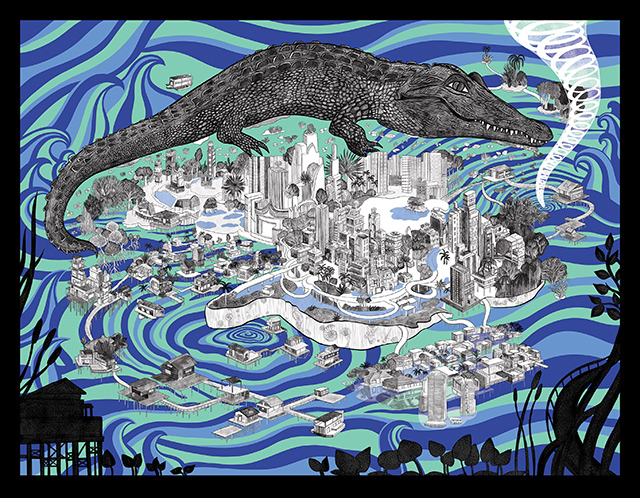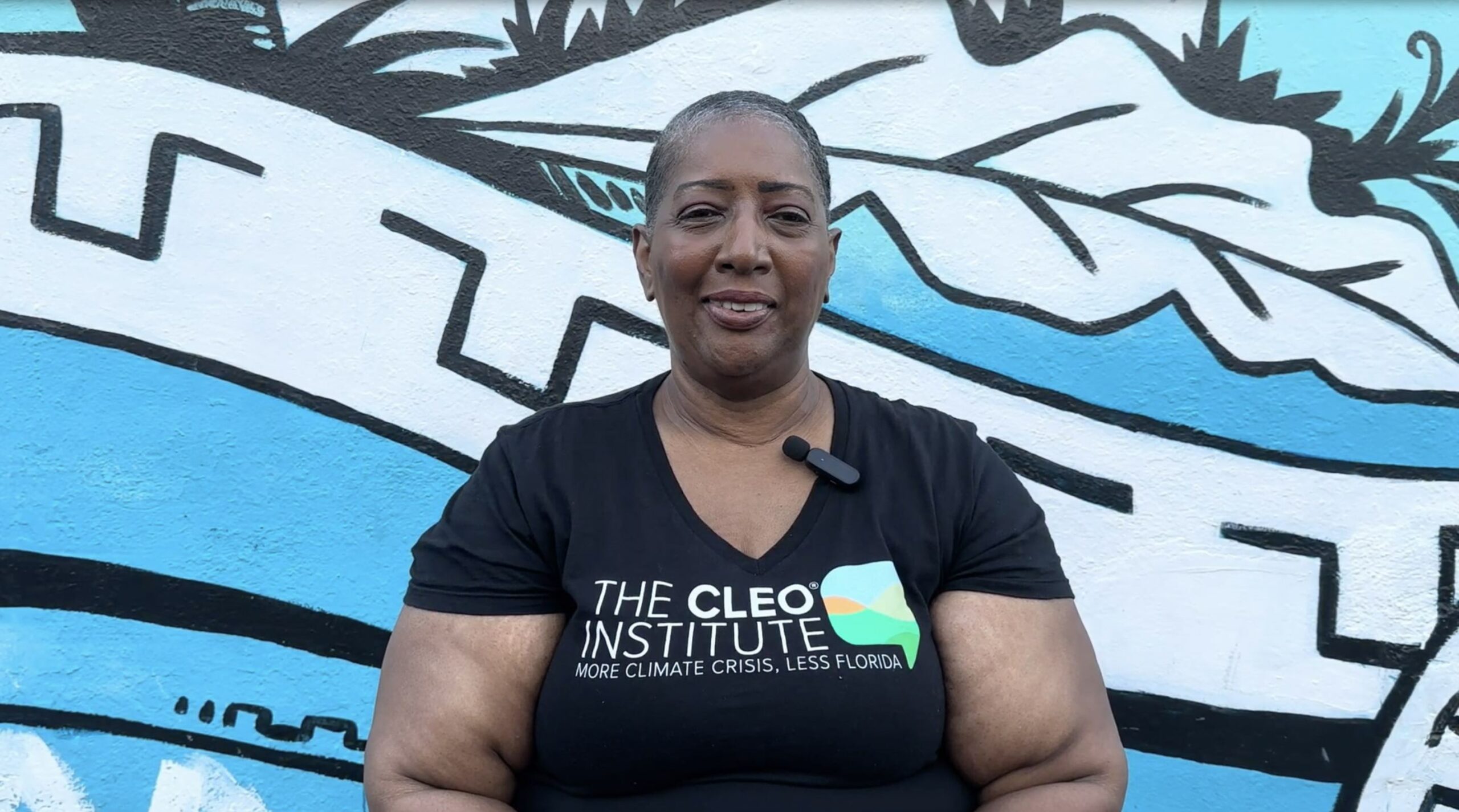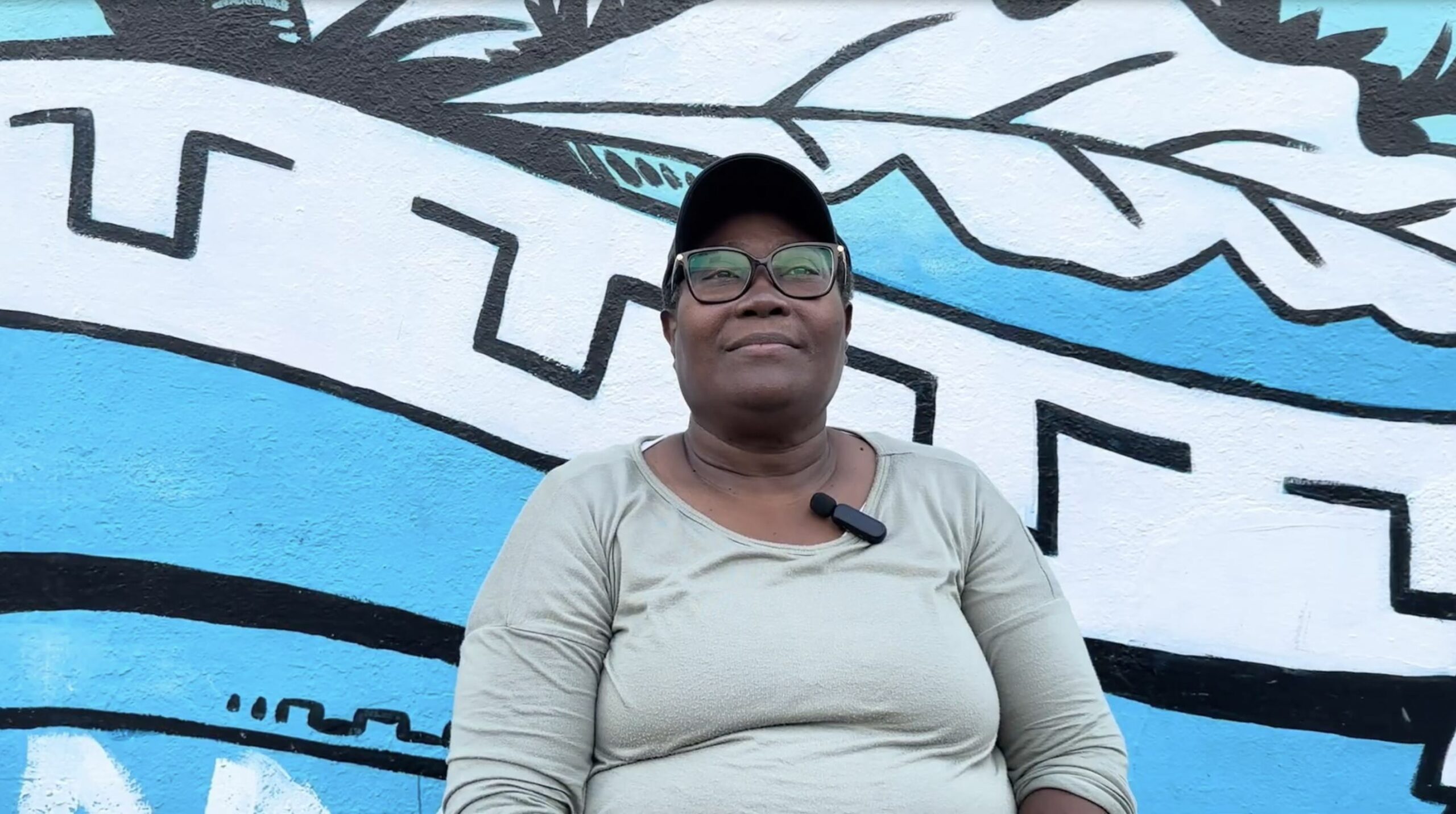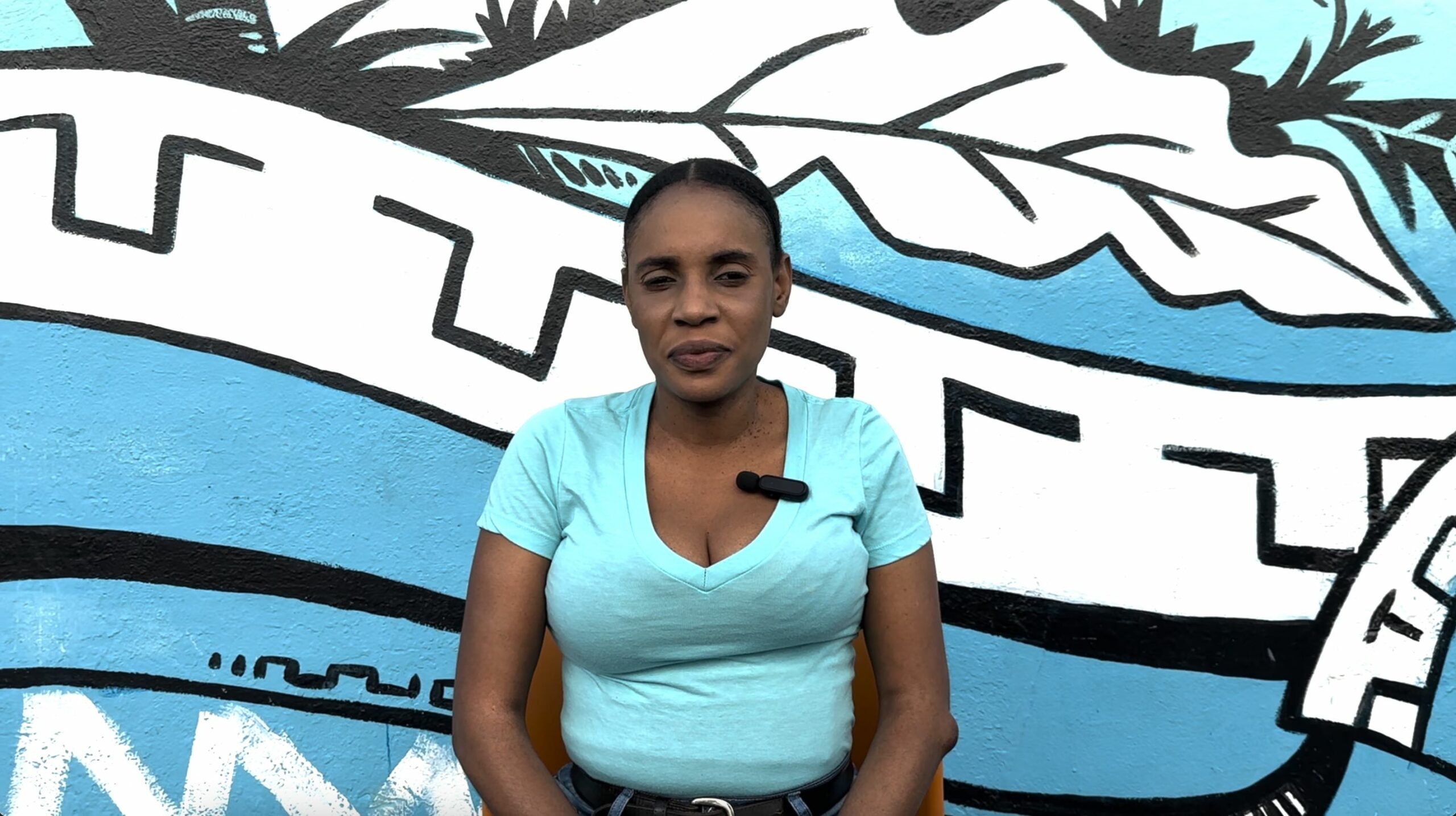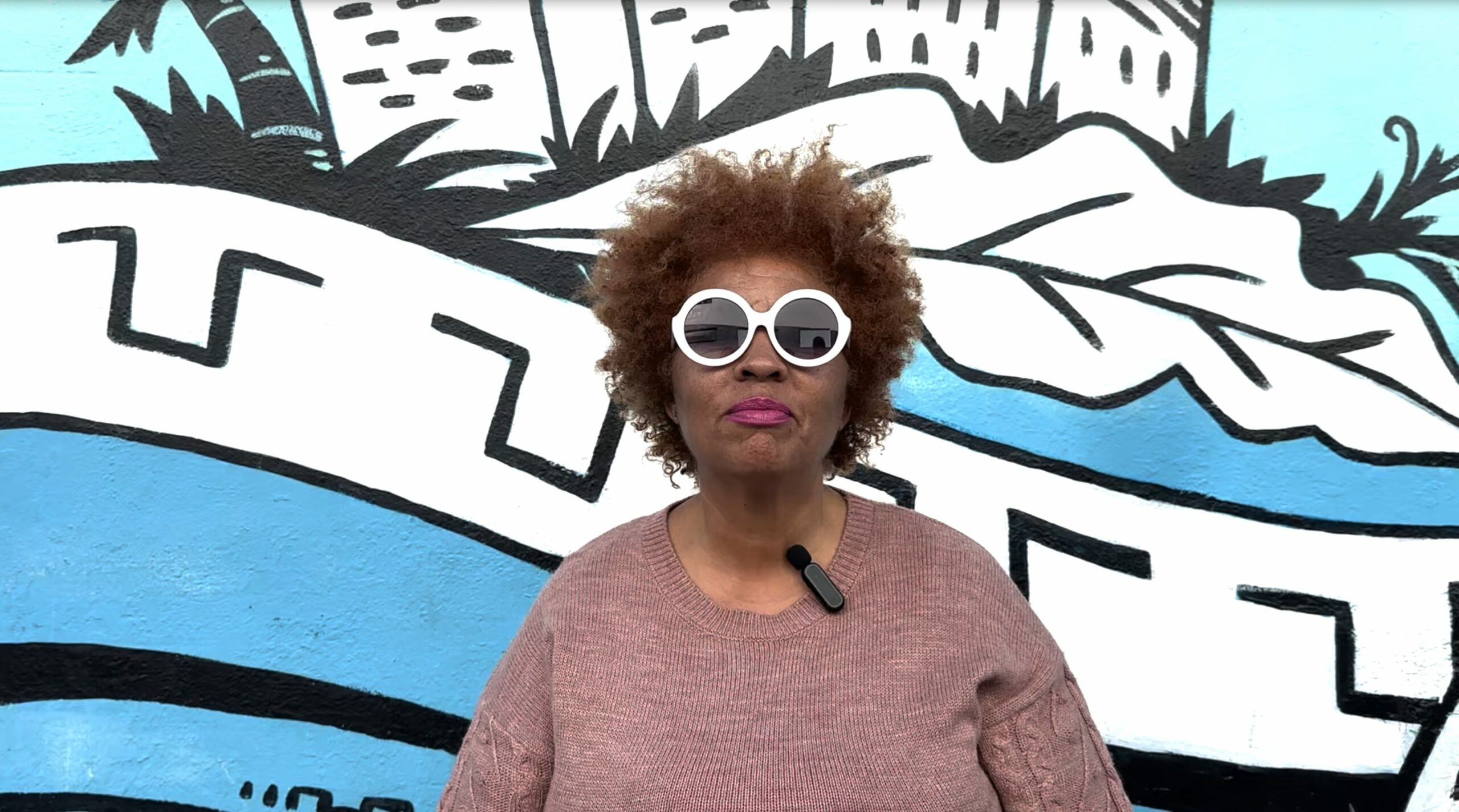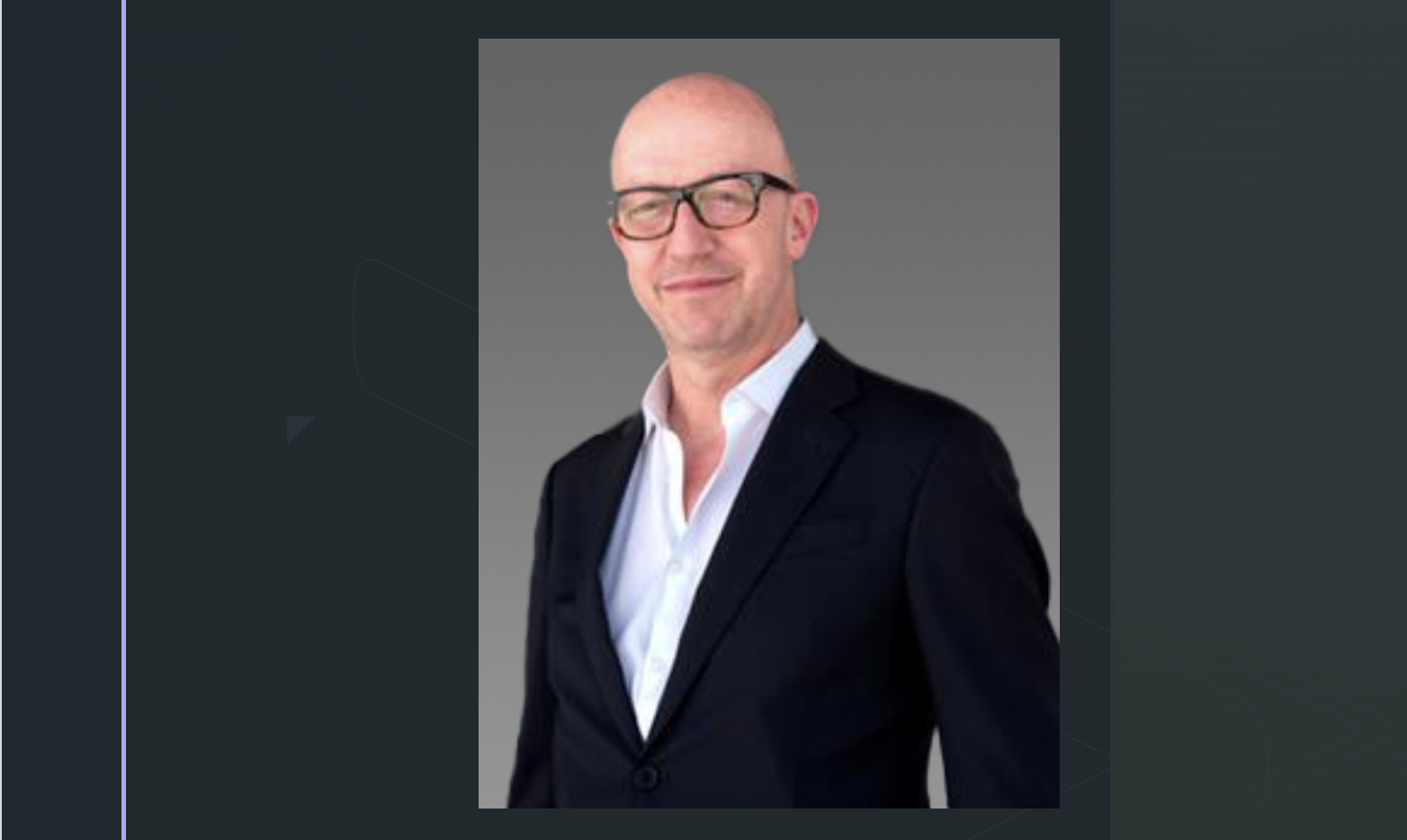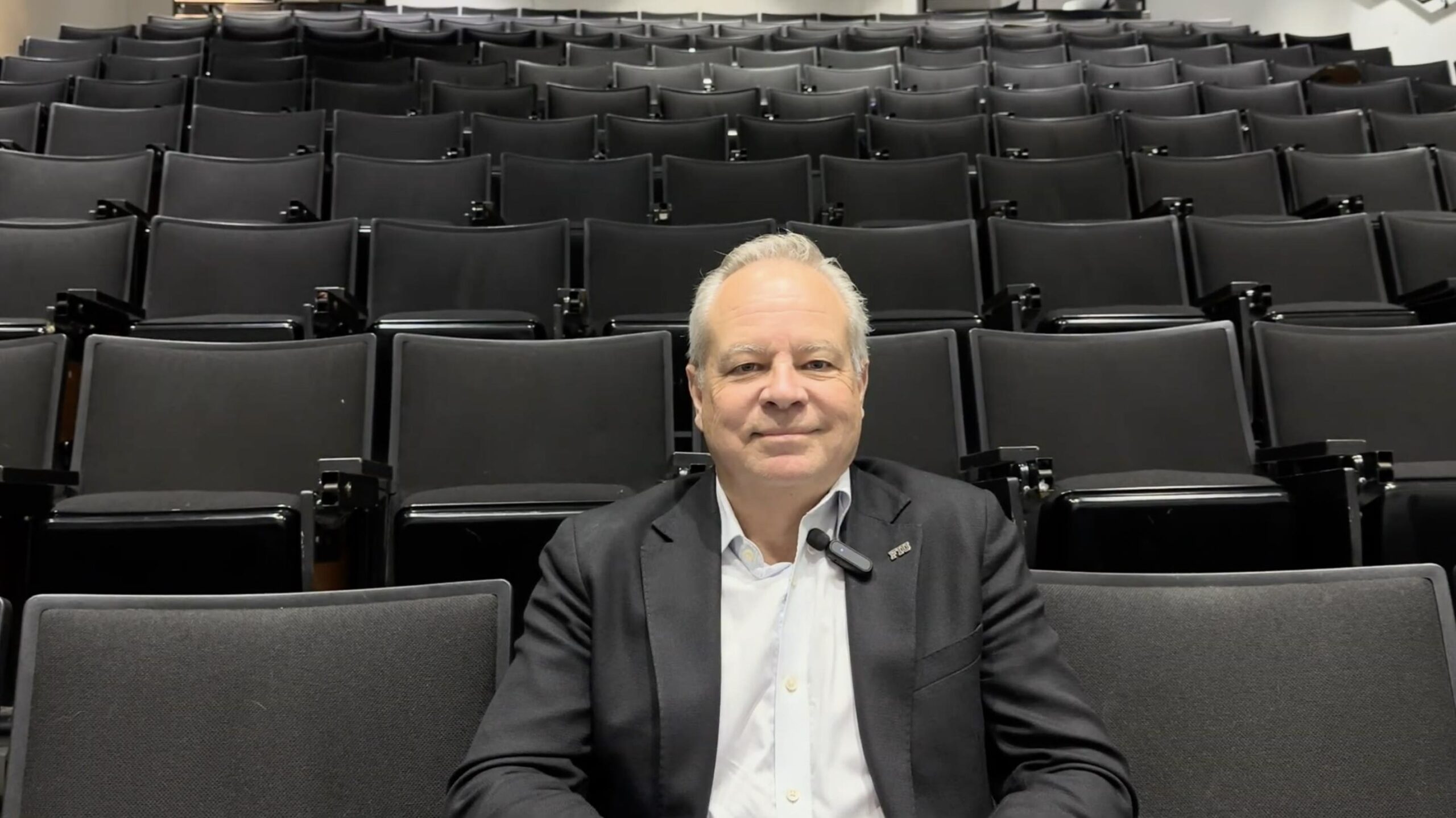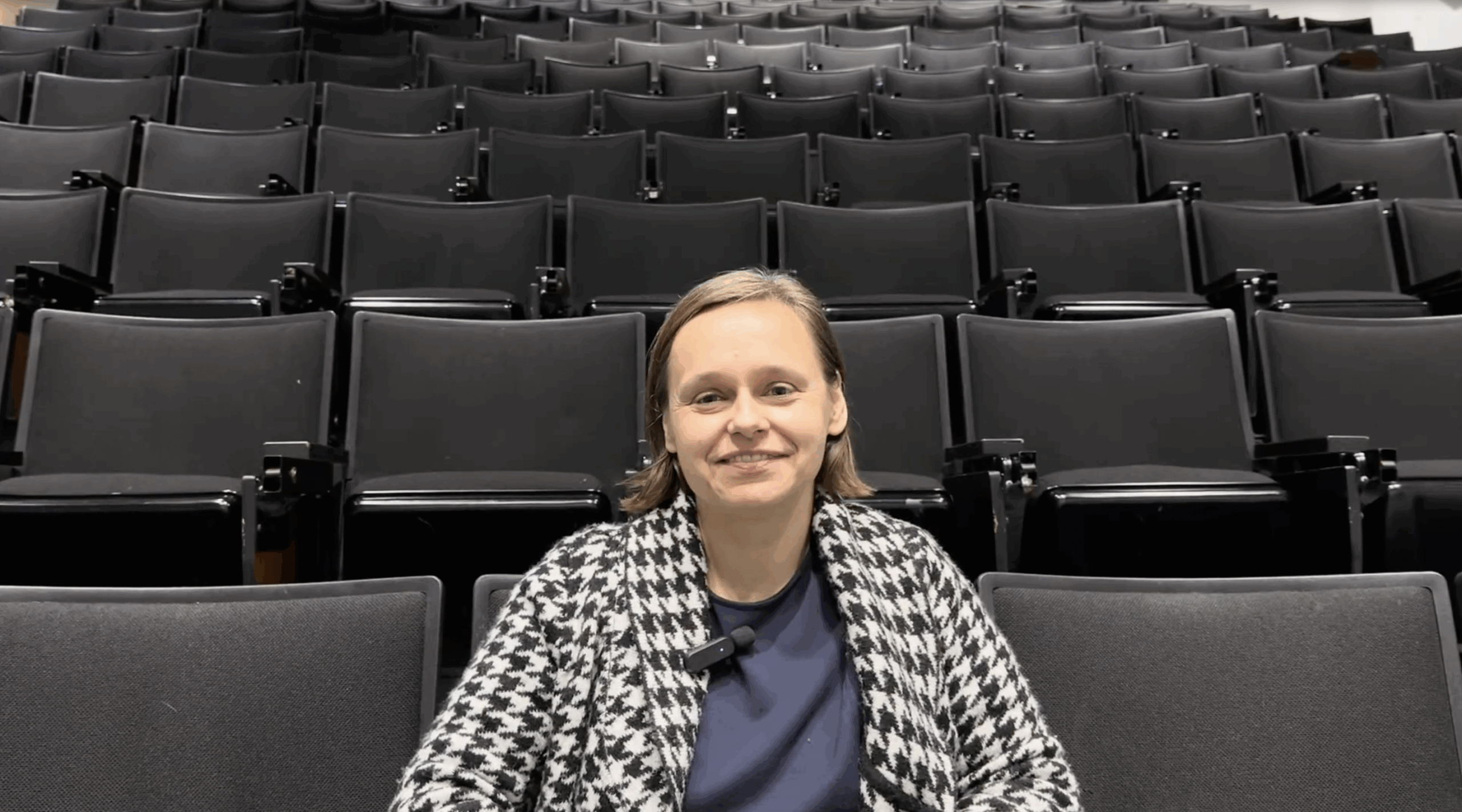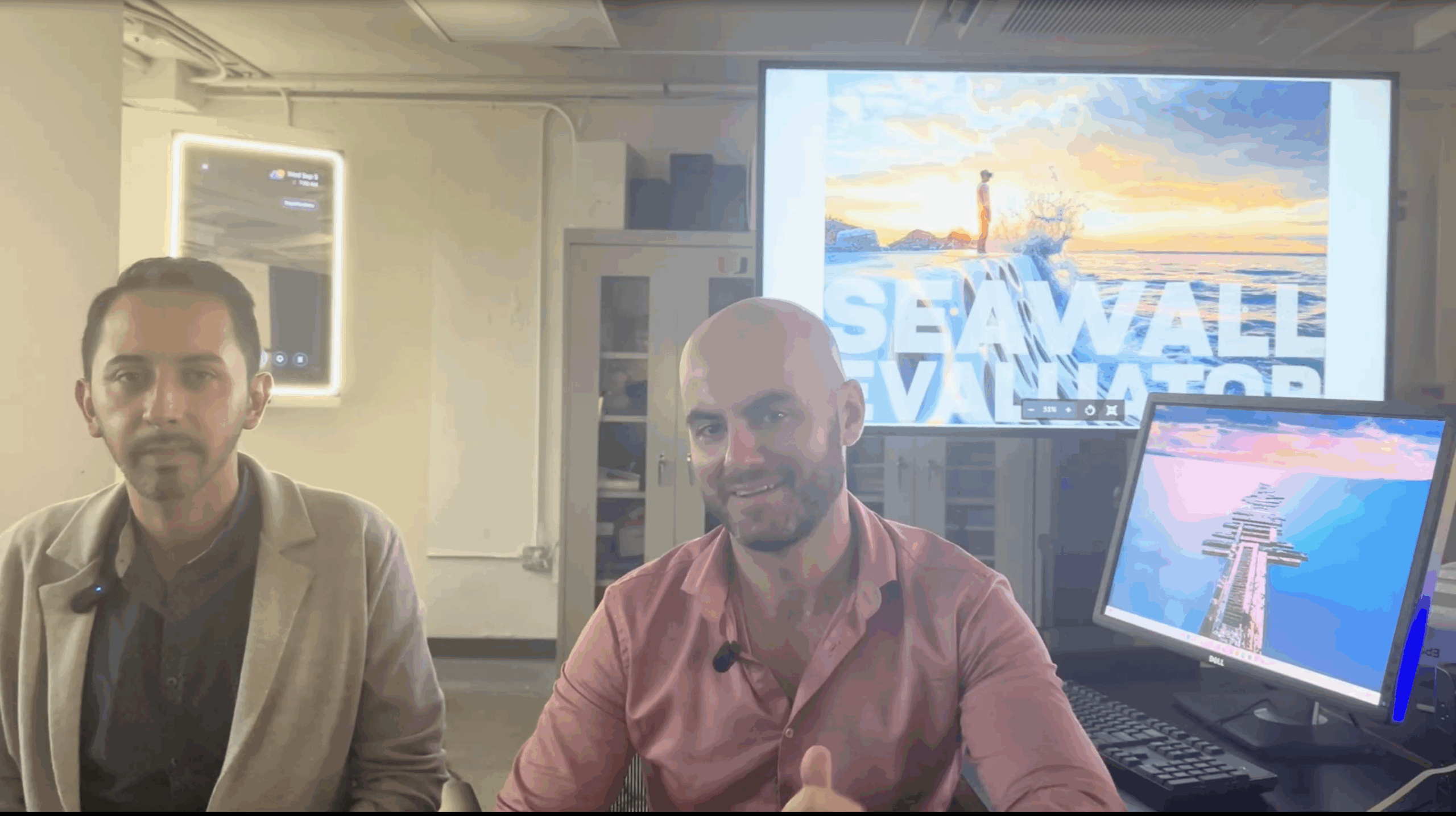
Indrit Alushani, Resarch Associate of the Rad Lab directed by Dean Rodolphe el-Khoury at the University of Miami’s School of Architecture, and Danielo Guzmann, a collaborator at the same laboratory and PhD in urban planning, are leading innovative projects that combine technology, design and sustainability to address environmental issues, including sea level rise, in the Miami area.
Rad Lab projects: virtual reality and innovative solutions
The laboratory is at the forefront of innovation in architecture and urban planning in response to environmental challenges, particularly those related to sea level rise. ‘We have been particularly focused on researching and developing viable solutions to combat sea level rise.’ One of the Rad Lab’s flagship projects is a virtual reality educational simulator that allows users to experience sea level rise. With this application, users can interact with the environment and observe the impact of rising water, while visualising the effectiveness of proposed sea walls. ‘We hope that this project will not only raise public awareness of this urgent issue, but also catalyse similar projects.’
The project aims to educate not only younger generations but also the general population about solutions such as sea walls and the reality of sea level rise in Miami. ‘It is crucial that the public becomes aware of the situation, as Miami is already experiencing the consequences of this phenomenon.’
Floating cities: an innovative solution for the future?
At the same time, researchers at the Rad Lab are exploring innovative solutions for the cities of the future. « The challenge lies in the fact that we have infrastructure built on land that will be submerged by water in the near future. We therefore need to rethink urban planning and consider solutions such as building floating communities”. The laboratory had partnered with another unit, the Fabrication Lab led by Maxwell Jarosz, where they are working on the use of 3D printing for the construction of roads, bridges and floating structures, in order to create underwater reefs that promote marine life while offering sustainable architecture. ’We are looking to integrate technologies such as 3D printing and artificial intelligence to design communities capable of withstanding rising sea levels. »
Advanced technologies: printing the future
The integration of technology into architecture is at the heart of the Rad Lab’s projects. Researchers are exploring the use of virtual reality and augmented reality in student education. « We collaborated with our students to create a project that reinvents the Miami Beach Art Deco experience through a mobile app. The students draw Art Deco buildings, and then, using a camera, the app animates their drawings with neon lights and interactive effects. » This project aims to integrate architecture and technology into an immersive experience, allowing students to experience architecture in a more interactive and creative way.
A message of hope: resilience and collaboration
Indrit Alushani and Danielo Guzmann share an optimistic vision for the future. Indrit emphasises that collaboration and innovation will be essential to meeting the challenges posed by rising sea levels and other environmental issues. « I think humanity is extremely resilient and creative, and that we can find solutions to problems that seem insurmountable. What matters is working together, leveraging new technologies and research.‘
He goes on to say that hope lies in collaboration, the use of technology and research. ’We have been able to overcome great challenges in the past, and I am confident that we will be able to adapt to future challenges through innovation. »
Danielo Guzmann adds that the message they want to convey to younger generations is one of action and hope. ‘It is essential to educate young people so that they are aware of what is happening and understand the science behind these phenomena. They will have to be the ones to come up with innovative solutions that we may not even have considered.’
The importance of technology in researching and solving environmental challenges
The projects carried out at the Rad Lab are not limited to theoretical solutions. They actively engage students and the community in research, data collection and prototyping. ‘We believe that the future will come through collaboration between researchers, students and citizens. The solutions lie in technological innovation and the ability to rethink urban planning.’
A call to action
In conclusion, the work of Indrit Alushani and Danielo Guzmann at the Rad Lab is an innovative and creative response to the environmental challenges facing Miami. Their commitment to the future of the city and the planet is an example of resilience, collaboration and technological innovation. ‘We must remain positive and proactive in the face of these challenges. Solutions exist, and they will come from collective commitment, collaboration and innovation.’
Testimonies from the same panel
